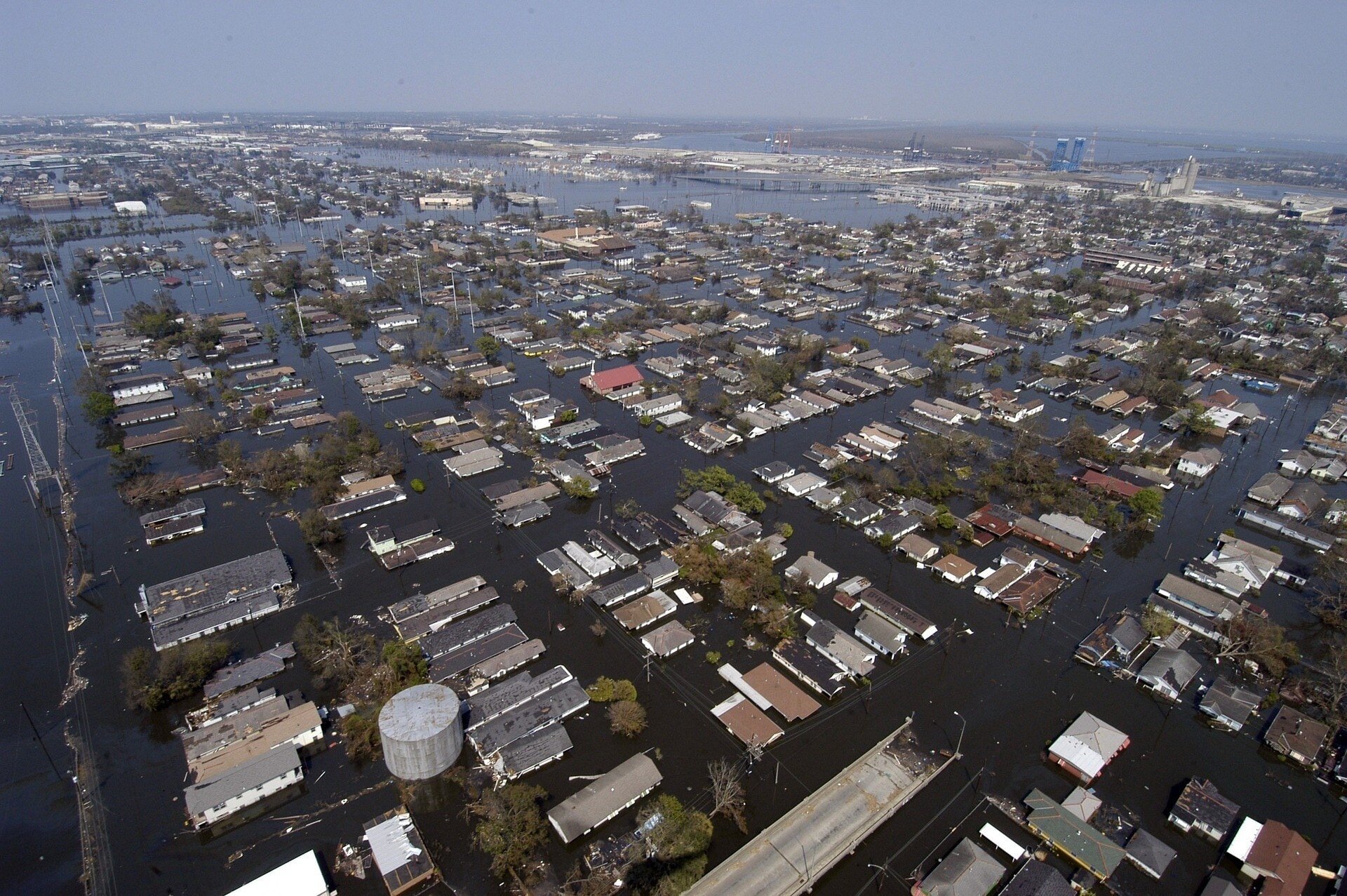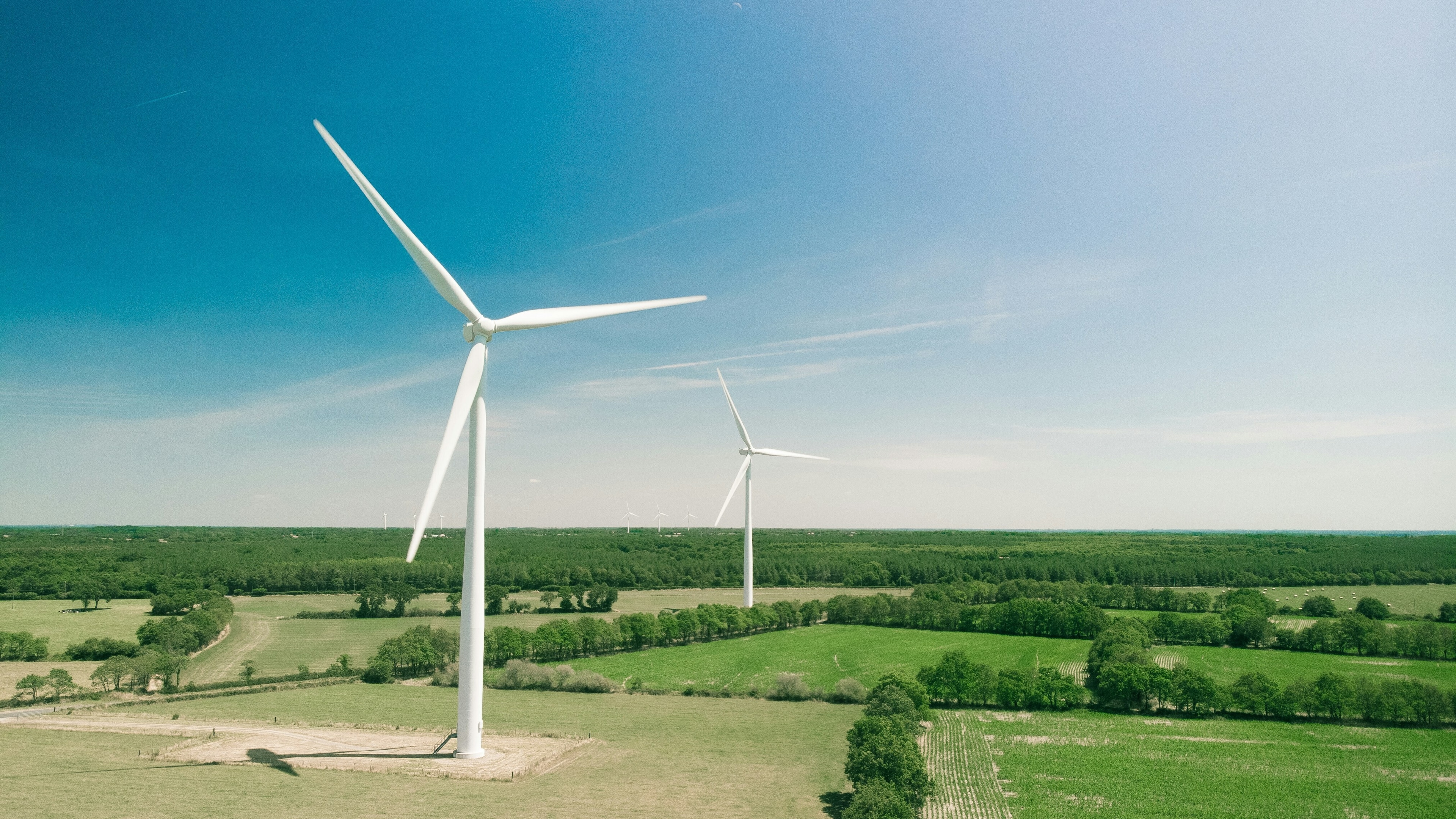2023's top risks 6 months on - according to Chief Risk Officers

More than 85% of respondent expected continued volatility in economic and financial conditions within and across major economies. Image: Unsplash/Tech Daily

Get involved with our crowdsourced digital platform to deliver impact at scale
Stay up to date:
Global Risks
Listen to the article
Have you read?
- In the World Economic Forum’s first Global Risk Officers Outlook, chief risk officers (CROs) have identified the biggest risks to organizations.
- The majority of CROs saw four macro risks as highly likely to have a severe impact in the next six months
- From conflict and economic uncertainty to regulatory changes, supply chain disruption and AI ethics, here’s what CROs are concerned about now.
Halfway through 2023, chief risk officers (CROs) are most worried about “continuing volatility in geopolitical and geoeconomic relations between major economies”, while most of them are anticipating “upheavals at a global scale”.
Six months after the Global Risks Report 2023 found we’re on the brink of a “polycrisis”, the World Economic Forum has launched its first Global Chief Risk Officers Outlook.
This mid-year pulse check of the risk landscape according to CROs identifies the biggest and most likely threats to economic growth, global markets and broader business operations in the second half of the year.
In the June survey, the Forum’s community of CROs was asked to gauge the likely level of global volatility across five areas: geopolitical relations, economy, domestic politics, society, and technology.
More than 85% said they expected continued volatility in economic and financial conditions within and across major economies.

Four macro risks dominate the second half of 2023
The CROs were also asked to select up to five risks they expect to have a "severe impact" on their organizations in the remainder of 2023.
At least half of them selected these four macro risks:
1. Macroeconomic indicators
The focus on economic risks is in line with “gloomy international assessments of the global growth outlook”, the report says.
In June, the World Bank estimated global GDP growth for 2023 to be 2.1%, compared to 3.1% in 2022.
Inflation is falling, but in many countries, it’s still “stubbornly high” and continues to significantly impact the economic risk landscape, the report’s authors point out. One major consequence is the rise in interest rates, which are now at their highest in Europe in at least 15 years.
This has lowered demand but pushed up borrowing costs – and made debt distress or default a very real concern among CROs, with almost a quarter saying debt is “highly likely to have a severe impact on their organization” this year.
The better news is that only a handful of CROs saw unemployment as one of the top risks to their organization. Many economies continue to experience strong labour market conditions. In fact, half of OECD member countries are reporting record highs in employment and labour force participation rates.

2. Pricing and/or supply disruptions of key inputs
CROs expect the highest levels of volatility in geopolitical and geoeconomic relations, which have a significant impact on supply chains.
More than half of respondents identified pricing and/or supply disruptions of critical resources, such as fuel, as highly likely to have a severe impact on their organizations over the coming months.
In most major economies, food prices are above historical averages and the El Niño weather phenomenon could disrupt crop production and lead to water shortages.
Some CROs surveyed believe there may be additional geopolitical shocks to key inputs in the coming six months. These could include a new energy crisis or increased control over critical industrial inputs.
3. Armed conflicts and/or use of weapons
Half of the CROs believe armed conflict and/or use of weapons are highly likely to have a severe impact on their organization within the next six months.
More than 100 armed conflicts are happening across the globe today, with many organizations directly impacted, and others seeing indirect disruptions, such as to trade and supply chains.
The war in Ukraine has been ongoing for 18 months and Russia recently pulled out of the UN-brokered grain pact, which further threatens global food security.
One CRO noted: “Conflict is not localized – it has knock-on effects due to global interdependencies.”
But it’s not just cross-border conflict that has an impact, intrastate violence, including strikes and riots, is predicted by almost a quarter of CROs to affect organizations in the next six months.
4. Regulatory changes, compliance and enforcement, encompassing developments related to green transition and AI
The upheaval caused by political developments in the world’s major economies is expected by almost half of respondents to the survey.
This could include both elections and regime change but also regulatory changes, compliance and enforcement, which half of CROs see as a top risk over the next six months.
These range from trade restrictions to regulatory developments relating to climate change and AI technologies, including the EU’s Artificial Intelligence Act.
Ethical and societal risks
Ethical and societal risks are also growing in importance for organizations, with CROs seeing these as more complicated to manage than regulatory compliance.
“Ethical and social risks are far less black and white than regulatory compliance and are constantly evolving,” one respondent noted.
Among those risks are the ones posed by AI technologies. CROs said they understand these risks, but they all considered the development and deployment of AI to be “outpacing” management of these risks.
“The biggest risk is the lack of understanding about the pace of change and the implications of it,” said one CRO.
“Without deeper and broader shared understandings, it will be difficult to fashion solutions. I fear that AI deployment and evolution will outpace society’s ability to understand and respond constructively”.
What businesses can do to manage risks - the expert view
Businesses that want to build a robust risk management strategy and, ultimately, a resilient business, need to focus on long-term threats, says Peter Giger, Group Chief Risk Officer, Zurich Insurance Group, who contributed to the survey.
“Too much focus on short-term risks, such as the cost-of-living crisis, can distract us from what should be a long-term, wide-angle approach. A too-narrow focus on the risks that are likely to dominate over the next six months or so can lead us into being easily distracted from dealing with the big risks that will determine the future.”
AI is a good example of a risk that requires us to think long-term.
“Will AI disrupt everyone’s lives today? Probably not,” says Giger. “For many of us, it’s not an immediate threat. But ignoring the implications and trends that AI is going to bring with it over time would be a massive mistake.
“It won’t change life as we know it in the next few months. But it would be wise to start planning now on ways to mitigate or adapt to potential changes – and risks along with opportunities – that AI might introduce.
“Short-termism is merely a distraction that can sap energy and focus needed for the bigger picture. Risks also have a way of interconnecting. Understanding how risks can connect and even amplify each other is an important step in defining mitigation strategies and deciding where to invest scarce resources.”
The good news, says Giger, is that building resilience will often respond to more than one threat.
While short-term issues must be managed and mitigated, businesses that aim to succeed over the long-term need to establish a framework to support long-range enterprise resilience.
“In a world moving so fast, the idea that any sort of risk can be irrelevant because it is not related directly to one’s own business is hardly an option. Acting now to develop ways to respond to risks that are likely to demand responses in the future is key.
“Robust preparedness, not denial, is needed. Building and augmenting enterprise resilience will help businesses to actively manage the downside and upside of perceived changes in the business environments.
“Actions taken based on a long-term view are needed to shape positive outcomes, contributing to a more positive, inclusive and ultimately stable world for everyone.”
Don't miss any update on this topic
Create a free account and access your personalized content collection with our latest publications and analyses.
License and Republishing
World Economic Forum articles may be republished in accordance with the Creative Commons Attribution-NonCommercial-NoDerivatives 4.0 International Public License, and in accordance with our Terms of Use.
The views expressed in this article are those of the author alone and not the World Economic Forum.
The Agenda Weekly
A weekly update of the most important issues driving the global agenda
You can unsubscribe at any time using the link in our emails. For more details, review our privacy policy.
More on Global RisksSee all
Roger Spitz
May 3, 2024
Gareth Byatt and Ilan Kelman
March 11, 2024
Andrea Willige
March 6, 2024
Richard Aster
November 15, 2023
Ian Shine and Rebecca Geldard
November 14, 2023
Andrea Willige
October 26, 2023






